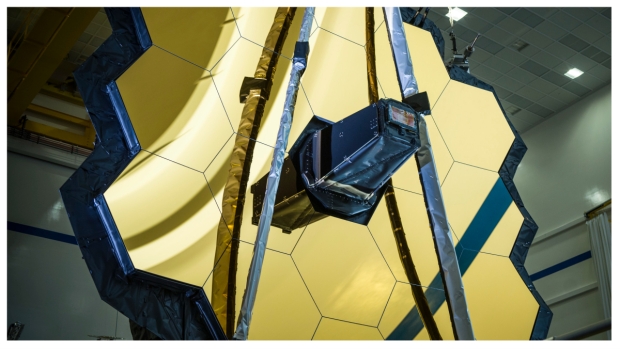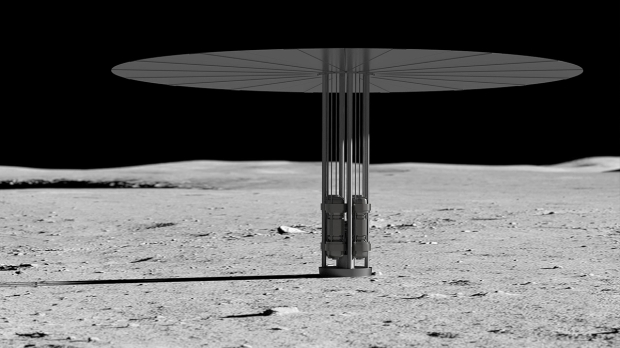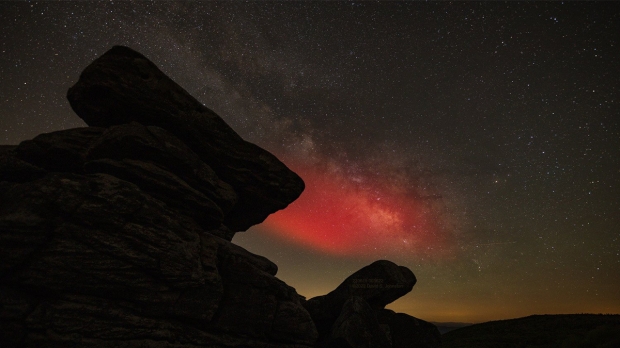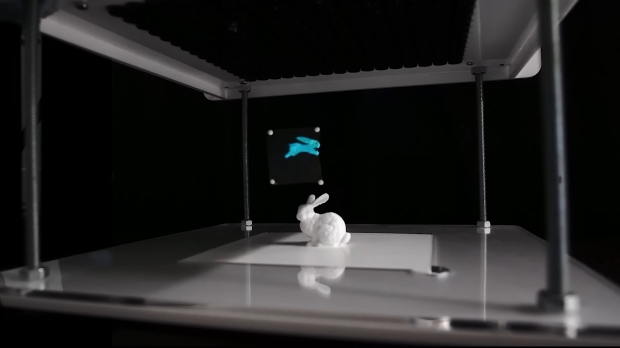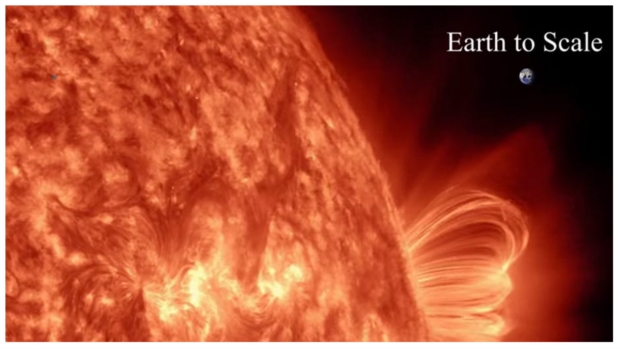Science, Space, Health & Robotics News - Page 130
NASA head: Elon Musk created SpaceX after Russian engineer spat on him
A former NASA administrator has said that Elon Musk was motivated to start SpaceX after a Russian engineer literally spat on him.
The former NASA administrator is Lori Garver, who wrote in her memoirs how Elon Musk drew his inspiration to create SpaceX, and that the now richest individual in the world decided to launch after he was disrespected by a Russian in 2001. Garver described the incident between Musk and the engineer in "Escaping Gravity: My Quest to Transform NASA and Launch a New Space Age," which was recently published on June 21.
Garver wrote that the act of spitting on his shoes "completely offended" Musk, and that on his flight back home, he decided he was going to create his own rocket company that would eventually be their competition. Garver described the incident as "If Helen of Troy had a face that launched a thousand ships, this was the spit that launched a thousand spaceships."
Continue reading: NASA head: Elon Musk created SpaceX after Russian engineer spat on him (full post)
NASA's space telescope just captured a dead star eating a planet
Astronomers have sifted through data acquired by NASA's Hubble Space Telescope and have honed in on one star called G238-44.
A team of astronomers looked through Hubble data, along with other observations from various NASA telescopes, and studied the white dwarf star G238-44. The analysis researchers found evidence of a water reservoir after they scanned the elemental properties of the white dwarf star. This led the team to believe that the star must be siphoning debris from nearby objects.
For those that don't know, a white dwarf star is a star that was once like our sun, but it has exhausted all of its nuclear energy. The closest white dwarf star to our sun is Sirius B, located approximately 8.6 light years away. As for G238-44, the astronomers believe that the corpse star is siphoning material from a nearby asteroid belt as well as icy celestial bodies, which leads the researchers to suggest that water may be more common in distant planetary systems than initially anticipated.
Continue reading: NASA's space telescope just captured a dead star eating a planet (full post)
Elon Musk's Tesla helped the Biden administration when they asked
Reports have surfaced regarding the Biden administration seeking advice from Elon Musk's Tesla on climate policies.
The reports indicate that President Joe Biden's administration has tried to get into contact with Elon Musk's Tesla to discuss new climate policies that will allow for electric vehicle manufacturers to receive some form of climate subsidy. White House officials, along with Tesla executives, have reportedly met on several occasions to discuss policy changes that were linked to the Renewable Fuel Standard - a federal policy that requires a certain percentage of fuel sold throughout the US to be renewable.
Reuters reports that Tesla and the White House are discussing a way to include electric vehicles in the Renewable Fuel Standard. These discussions between Tesla and the White House reportedly date back to Biden's first day of office, where he is said to have attempted communication with Musk/Tesla. As for Tesla itself, Musk described the hardships of running a car manufacturing company and said that the company is entirely focused on avoiding bankruptcy.
Continue reading: Elon Musk's Tesla helped the Biden administration when they asked (full post)
NASA confirms release date for 1st James Webb telescope colored image
NASA has taken to its blog to give an update on the progress being made on the James Webb Space Telescope (JWST).
The next-generation space telescope was launched on December 25, 2021, and after arriving in its designated location, it has been performing calibrations to meet the required levels of performance needed to achieve its science goals.
NASA writes on its blog that the space telescope performed two additional mirror alignment steps in March 2022 and that the Webb team can now confirm that the telescope's optical performance has now reached, and in some instances surpassed, the levels required for coming science missions. NASA explains that the below image was taken using a special lens inside of Webb's Near Infrared Camera (NIRCam) instrument, which was specifically designed to snap images of the space telescopes' mirrors and not the stars.
Continue reading: NASA confirms release date for 1st James Webb telescope colored image (full post)
NASA reveals nuclear power systems designed for the Moon
NASA and the U.S. Department of Energy (DoE) are collaborating to bring nuclear power generation to space, particularly the Moon.
The two agencies have awarded contracts to three companies, each valued at roughly five million dollars. The money is to be put toward design concepts for a "40-kilowatt class fission power system planned to last at least 10 years in the lunar environment." The selected companies are Lockheed Martin, Westinghouse, and a joint venture between Intuitive Machines and X-Energy called IX, and their work will benefit NASA's future Artemis missions.
The nuclear fission systems could be ready to launch and land on the Moon by the decade's end to demonstrate their viability. A fission system would be smaller and more lightweight than other power systems and could provide power regardless of location, access to sunlight, or other environmental conditions. Developing technology for fission surface power systems will also help NASA facilitate development of nuclear propulsion systems for rockets.
Continue reading: NASA reveals nuclear power systems designed for the Moon (full post)
Eerie red cloud that appeared in the sky blamed on SpaceX launch
Multiple photographers have captured the phenomenon unwittingly, as it is invisible to the naked eye.
The phenomenon is known as space jellyfish, and occurs when sunlight reflects off of plumes of exhaust gases from recently launched rockets, particularly later in the evening or in the early morning. The phenomenon has been observed more frequently as more launches occur, and with the advent of reusable rockets, exhaust gases are also present when a rocket fires its engines as it returns to the ground.
Photographer David Johnston was capturing shots of the Milky Way on the night of June 19th when he noticed a large red spot in one of his photos, ruining his picture. It proceeded to grow in subsequent images, dominating the sky, despite being invisible without the camera. A friend of Johnston's suggested a rocket launch could be responsible. Coincidentally, SpaceX had launched one of its Falcon 9 rockets, carrying a Globalstar satellite minutes before when Johnston first noticed the red appear in the sky.
Continue reading: Eerie red cloud that appeared in the sky blamed on SpaceX launch (full post)
Strange veiny Martian terrain captured by NASA satellite
NASA's Mars Reconnaissance Orbiter (MRO) satellite has photographed strange polygonal structures covering the Martian landscape.
The image was captured by the MRO using the HiRISE (High Resolution Imaging Science Experiment) camera, and high resolution versions up to 10K are available on the HiRISE website. The Martian surface pictured is divided into numerous polygonal sections by water that freezes into ice in the ground, splitting the soil. Dry ice (frozen carbon dioxide) sublimates into a gaseous form in the springtime, further fracturing the boundaries of the polygons.
Dry ice covers the visible ground, and various vents form across the surface as the temperature rises, allowing gas to escape while eroding other particles that are then carried along with the gas. These particles are carried a short distance, creating dark, fan-shaped deposits. The vents occasionally close and reopen, though a change in wind direction produces a second fan-shaped deposit extending in another direction.
Continue reading: Strange veiny Martian terrain captured by NASA satellite (full post)
Soundwave levitation now possible even with objects in the way
A study on the levitation technique titled "High-speed acoustic holography with arbitrary scattering objects" has been published in the journal Science Advances.
Researchers from the University College London (UCL) have developed a self-correcting acoustic levitation system, which can levitate objects by firing sound waves at them, essentially just by pushing them with air particles. Before their system, if something came between the speakers and the levitated object, the flow of air particles causing levitation would be interrupted, and the object would fall.
To account for this, the research team increased the number of speakers to 256 in a grid, all controlled by software to allow the array to shape sound waves to achieve the desired result. When something blocked sound waves from some speakers, other speakers' sound waves could be redirected to keep the object levitated. The researchers levitated water, small beads, and a piece of fabric with various interfering objects.
Continue reading: Soundwave levitation now possible even with objects in the way (full post)
Sunspot size of 3 Earth's is facing us, doubling in size every 24hrs
A large sunspot that is estimated to be three times the size of Earth is rapidly growing, doubling in size in just 24 hours.
The large sunspot called AR3038 is being monitored by officials, and according to SpaceWeather.com, it has grown to an enormous size of three Earth's and is expected to produce a medium-sized solar flare sometime in the future. Notably, the sunspot is Earth-facing, meaning that if a solar flare was to occur, Earth could be hit with an intense wave of electromagnetic radiation. Solar flares are often, but not always, accompanied by a coronal mass ejection (CME), which is a blast of charged particles that interacts with Earth's atmosphere.
The interaction between the charged particles and Earth's atmosphere can cause geomagnetic storms that can result in disruptions for GPS, radio communication, satellites, and even radio blackouts. More positively, a CME impact can also cause auroras to appear in the night sky, which is a result of the aforementioned interaction between the charged particles from the Sun and Earth's atmosphere. The National Oceanic and Atmospheric Administration (NOAA) monitors the risk of coming solar flares and CMEs, and at the time of reporting, it hasn't issued any warnings regarding sunspot AR3038.
Continue reading: Sunspot size of 3 Earth's is facing us, doubling in size every 24hrs (full post)
Chinese 'mind-reading' device built to detect and censor porn
Viewing pornography in China is a crime, and authorities have used artificial intelligence (AI) and "porn appraisers" to flag questionable content.
Researchers from China's Beijing Jiaotong University have created a device that can detect pornography when a man is watching it by "reading his mind." In an experiment involving fifteen male university students aged 20 to 25, a device worn on the head detected spikes in brainwave activity whenever an explicit image appeared on a computer screen in front of the wearer.
The device is a proof-of-concept for human-machine collaboration in detecting explicit imagery, catching what AI misses, and assisting porn appraisers, or jian huang shi, that professionally scour and censor content, and are much more accurate than AI, but cannot continuously carry out the task. A peer-reviewed paper on the prototype device was published on June 13th in the Journal of Electronic Measurement and Instrumentation.
Continue reading: Chinese 'mind-reading' device built to detect and censor porn (full post)





